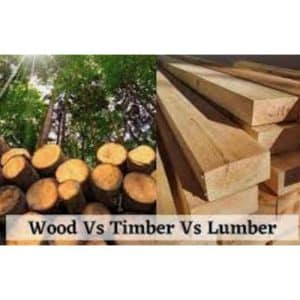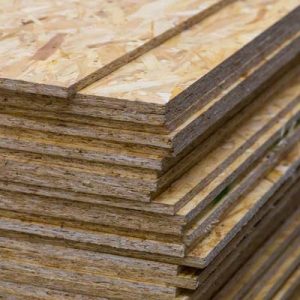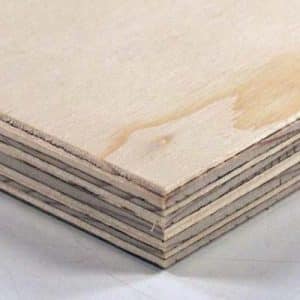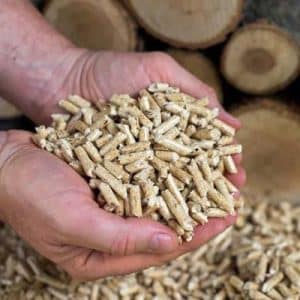Description
Wood-Plastic Composite (WPC) is a type of composite material that combines wood fiber or wood flour with thermoplastics (such as polyethylene, polypropylene, or polyvinyl chloride) to create a durable and versatile material. WPC has gained popularity as an alternative to traditional wood products and is used in various applications, including decking, fencing, furniture, and outdoor structures. Here are key features and considerations related to Wood-Plastic Composite (WPC):
Key Features of WPC:
- Blend of Wood and Plastic:
- WPC is typically composed of wood fibers or flour, thermoplastics, and additives.
- The wood component provides a natural appearance and properties, while the plastic component enhances durability and resistance to environmental factors.
- Durability and Resistance:
- WPC is known for its resistance to rot, decay, and insects, which are common issues associated with traditional wood products.
- It is less susceptible to moisture-related problems, making it suitable for outdoor applications.
- Aesthetics:
- WPC often mimics the appearance of natural wood, offering a wood-like texture and color.
- It provides a balance between the look of wood and the durability of plastic.
- Low Maintenance:
- WPC requires less maintenance compared to traditional wood products. It doesn’t need staining, painting, or sealing.
- Regular cleaning is usually sufficient to maintain its appearance.
- Versatility:
- WPC can be molded into various shapes and sizes, offering flexibility in design.
- It is used for a wide range of applications, including decking, cladding, fencing, furniture, and other outdoor structures.
- Environmental Considerations:
- WPC is often promoted as an environmentally friendly alternative to traditional wood because it utilizes recycled materials (both wood and plastic) and reduces the demand for virgin timber.
- Installation:
- WPC products are designed for ease of installation, with features such as tongue-and-groove systems for decking.
- Installation methods may vary based on the specific product and manufacturer.
Considerations for WPC:
- Quality and Composition:
- The quality of WPC products can vary, and it’s important to choose products from reputable manufacturers.
- Understand the composition of the WPC, including the ratio of wood to plastic and the types of additives used.
- Color Fading:
- Some WPC products may experience color fading over time due to exposure to sunlight. UV-resistant additives can mitigate this effect.
- Expansion and Contraction:
- Like any composite material, WPC can experience slight expansion and contraction with temperature changes. Proper installation and spacing are essential.
- Load-Bearing Capacity:
- Consider the load-bearing capacity of WPC products for structural applications. Manufacturers provide guidelines for appropriate uses.
- End-of-Life Considerations:
- While WPC is often promoted as eco-friendly, end-of-life considerations should be taken into account. Some products may be recyclable, while others may present challenges for disposal.
WPC has become a popular choice in the construction and outdoor living industries due to its blend of natural aesthetics and enhanced durability. It’s important for consumers and builders to be aware of the specific characteristics, quality, and maintenance requirements of the WPC products they choose for different applications.
















Reviews
There are no reviews yet.